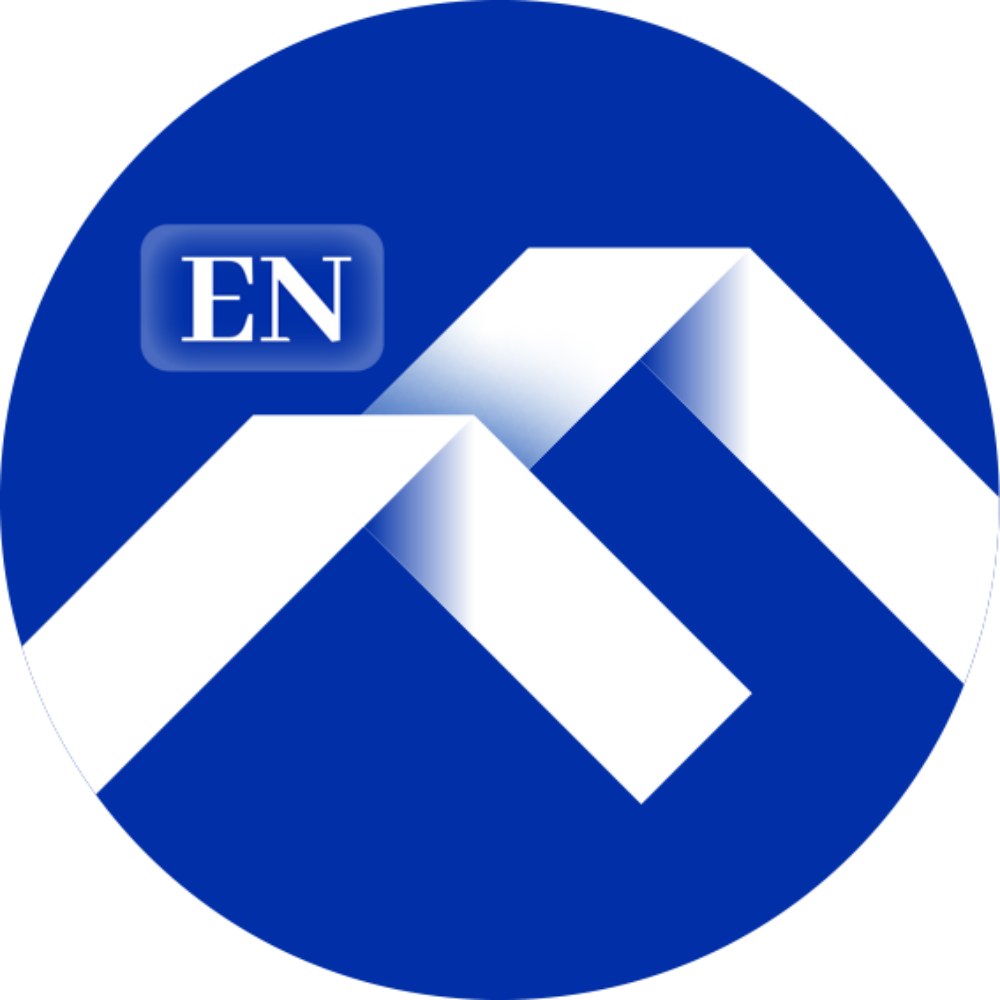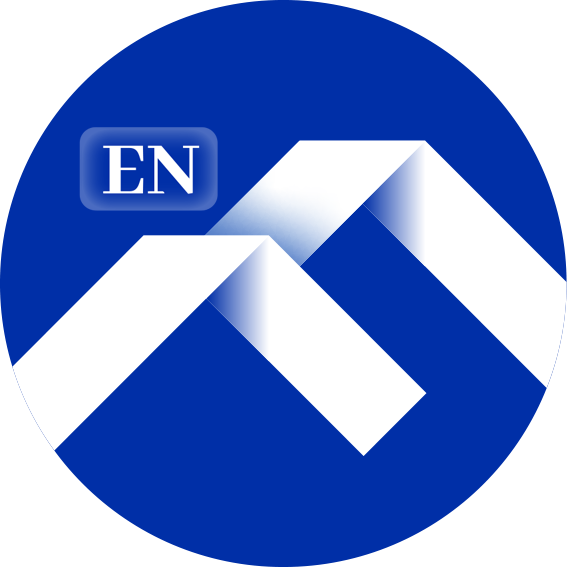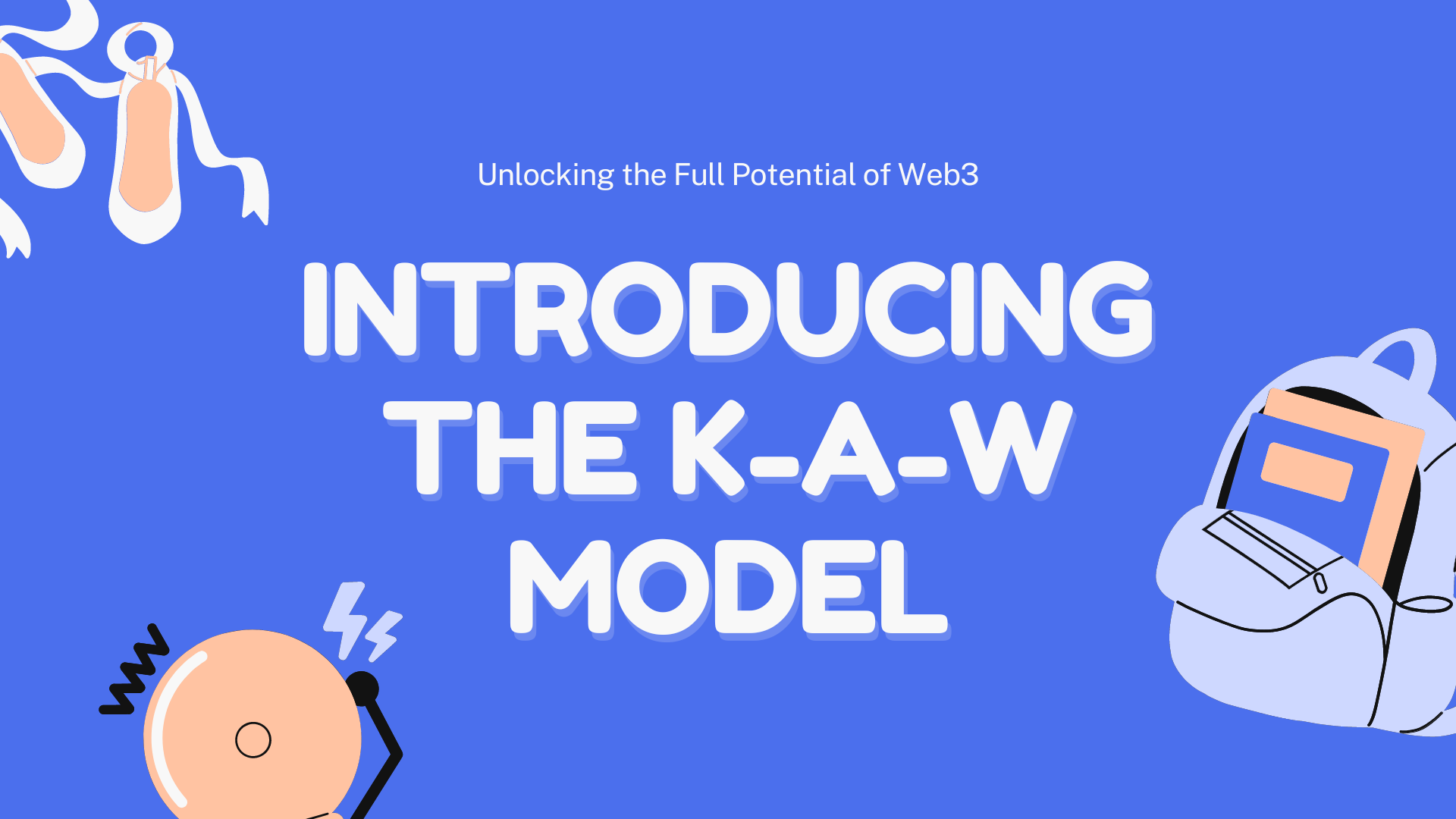By Shu Dong, Zihao Chen, Peter Chen from Hexlink
It’s been a while since Web3 became a buzzword, and everyone seems to have their own understanding and definition of it. The concept is often associated with popular terms like decentralization, tokenomics, data ownership, interoperability, and composability. However, the ambiguity around the term has left people feeling perplexed and uncertain of its future. Most people simply consider Web3 as crypto, and therefore their faith in Web3 fluctuates with the fragile market and volatile coin prices.
We believe Web3 is more than crypto and will certainly overtake Web2. This article aims to explain why we believe in it so firmly by sharing our understanding of the term “Web3” and visualizing a concrete vision of it.
The fragmented Web2 ecosystem
In the early days of the Internet, various protocols like TCP/IP, HTTP, SMTP, etc. were developed. However, the value generated by these protocols nowadays is largely captured and re-aggregated by top-tier applications such as Facebook, Google, and Amazon in the form of data. To make the most profit and compete with other applications, every application today is struggling to monopolize users’ data and attention and is de-motivated to share its data or open its APIs with each other. The situation is getting worse when it comes to mobile apps, leading to an extremely fragmented Web2 ecosystem.
It’s completely against the spirit of the Internet, not only because it’s “evil”, but also because it limits the capabilities of the Internet itself and restricts the freedom and creativity of the user. Why can’t we use Telegram to send messages to our friends on WhatsApp? Why can’t we view TikTok videos on Facebook? Can we make our own version of google suite by combining Calendly, Outlook, Quip, and Zoom?

There are some ongoing efforts to bridge these fragmented pieces. For example, there is a SaaS company named Zapier, which helps you automate workflows by connecting the apps and services you use. The platform allows you to automate tasks without having to build the integration yourself. However, it’s more of a patch to the existing system than a systematic solution. The limitations are obvious, the setup is fragile because the workflow heavily relies on the APIs provided by each service: the functionalities could be completely broken if one of the services turns off its APIs. The efforts to adapt API changes could be significant, meaning the overall cost of creating a workflow could be high.
We need a more systematic and fundamental solution, the so-called “Web3”.
Web3: An interoperable and composable system
From our perspective, Web3 aims to upgrade/improve our current system with interoperability and composability. To achieve these, we must rebuild the tech stack from the bottom up with decentralization and proper ownership of data. Blockchain will be the core technology while tokenomics will be the main business model. To better understand how these attributes would shape the world, we can explore what characteristics such a world would have.
It should be highly customizable. Composability ensures multiple applications could be chained or mixed together to form a new application or workflow. This means Web3 will be a very flexible system. Users will have the ability to create personalized applications to meet their unique needs by combining various functional units that are designed to integrate with one another.
It will bring more efficiency and productivity. In Web2, creating an automated workflow involving multiple applications is very hard due to the limited API support. It will not be the case in Web3. Its built-in interoperability ensures that all applications can talk with each other freely with open protocols, making the process much easier than the Web2 ecosystem. These automated workflows will enhance the overall efficiency and productivity of both individuals and organizations.
It will be more robust. Automation workflows that rely on third-party service providers are vulnerable to changes in policies or service failures, which can quickly render the workflow obsolete. For example, Twitter’s recent announcement that it will no longer support free access to its API has effectively ended the existence of third-party clients and severely limited outside researchers’ ability to study the network. To avoid such a situation, the composability and interoperability of Web3 must be guaranteed by open protocols and a decentralized data layer. Users should be able to switch to different implementations at no cost if necessary.
Hexlink’s vision of Web3: The K-A-W model
To achieve this practical and implementable vision of Web3 with all the positive attributes described above, we must move beyond vague descriptions only about ‘a decentralized world’. Simply reinventing decentralized versions of Web2 applications will not be enough. Rather, what we need is a completely new framework, or a superset of it, that can surpass the capabilities of Web2, providing users with fresh experiences and empowering users with creativity and imagination.
Per our research across current SaaS and Web3 solutions, we believe that a fully interoperable and composable ecosystem can be formed of three different layers: the kit, the application, and the workstream.

A KIT is the minimum independent module, which provides only a single straightforward function. To ensure ease of use and compatibility, it should have a transparent interface and communication protocol that allow for interoperability. An ideal kit should be platform agnostic, making it pluggable to applications across different platforms. For instance, Uniswap is a perfect example of a kit, which is specifically designed for token swapping and can be easily integrated into various applications.
An APPLICATION is a collection of kits defined above which serve a more comprehensive purpose. A crypto wallet is a prime example of an application that includes several kits, including ERC20 token management and NFT display capabilities. With Web3, users have the ability to personalize their own applications by choosing their preferred kit implementations. Just imagine, one can envision creating a customized social media application by combining a video-sharing kit from TikTok, a social graph kit from Instagram, and an IM kit from Telegram.
A WORKSTREAM refers to a streamlined and automated workflow that integrates multiple applications. In Web3, the interoperability among applications allows users to easily customize their own digital workflows, while protocols built on top of kits facilitate communications between applications. One may create a workflow to generate a daily summary by aggregating messages from multiple social groups. This summary can then be distributed to all followers through a messaging app, after which content creators will be awarded automatically per the number of upvotes.

Although this new paradigm holds immense potential, a significant number of people have yet to grasp its transformative power. Nonetheless, by introducing and implementing the new architecture of this Kit-Application-Workstream(K-A-W) model, which can deconstruct and reconnect the so-called “super apps” today, we can unlock the full potential of Web3 and initiate a complete overhaul of the entire ecosystem.
How do we make it a reality?
In our upcoming articles, we will provide a detailed introduction to the specific plan and roadmap we are going to use, step by step, to approach or achieve this great vision.


